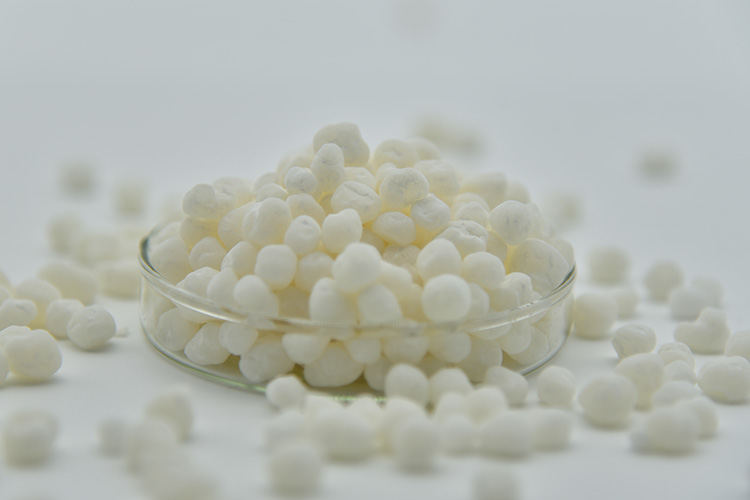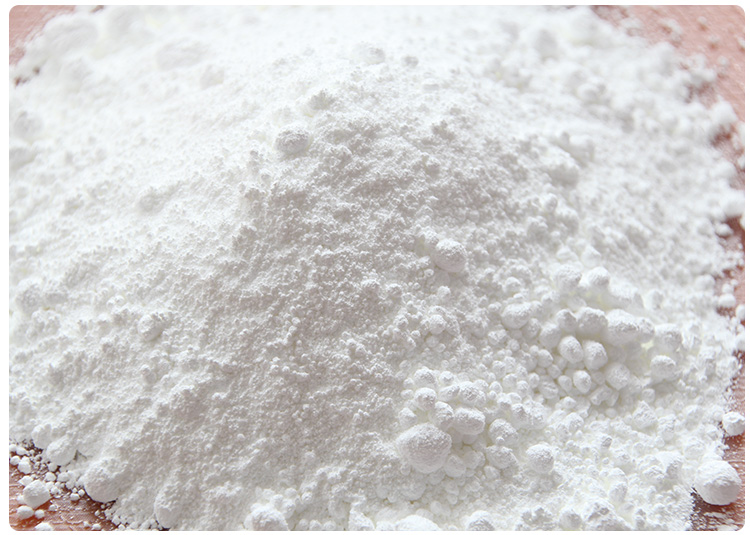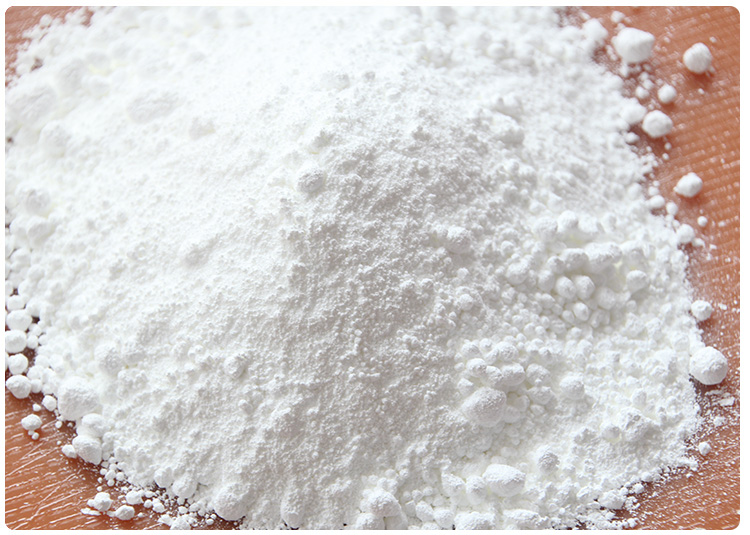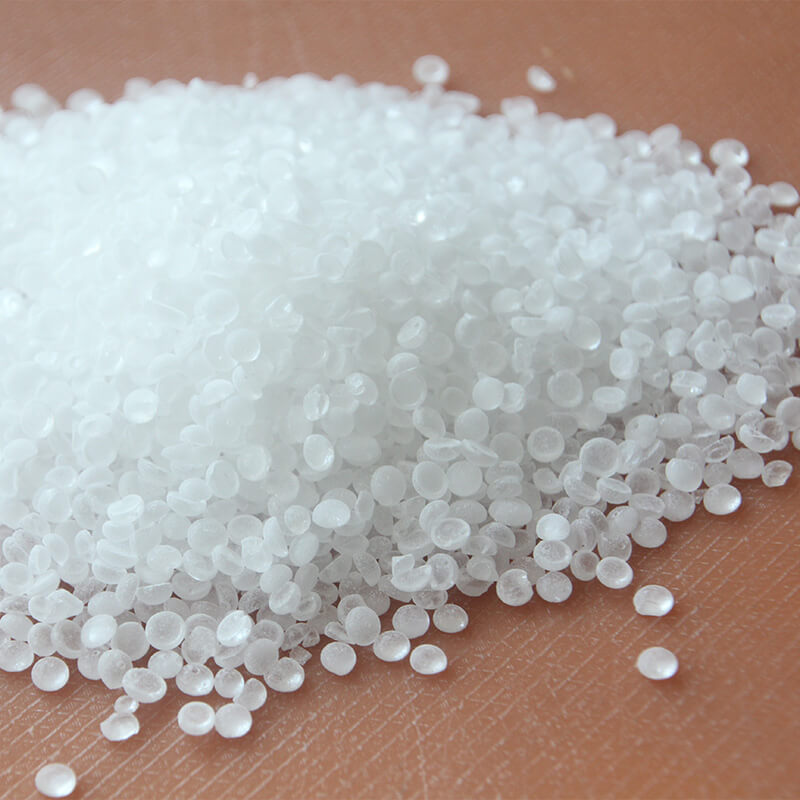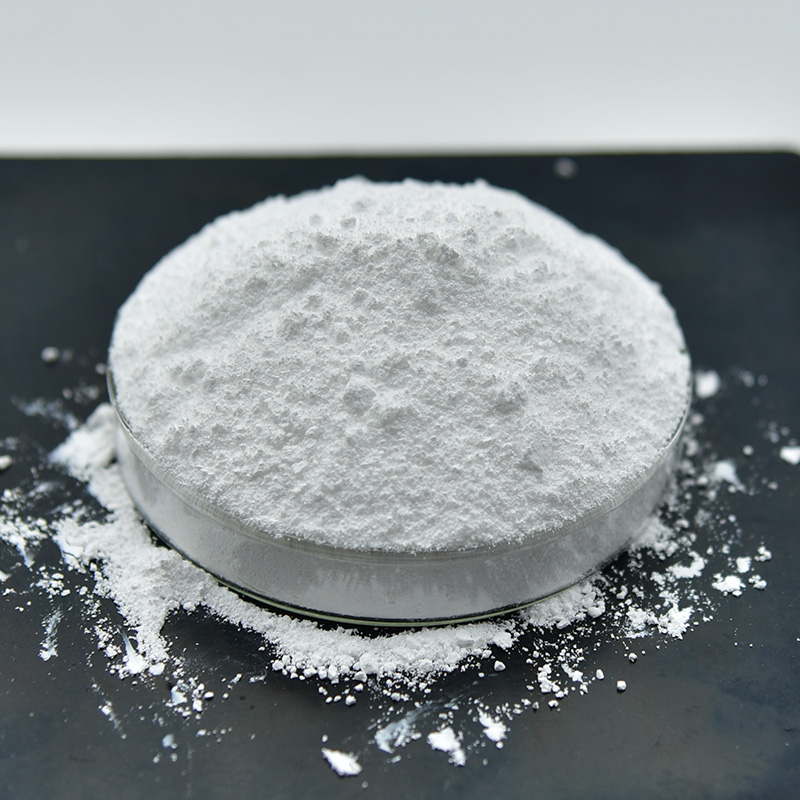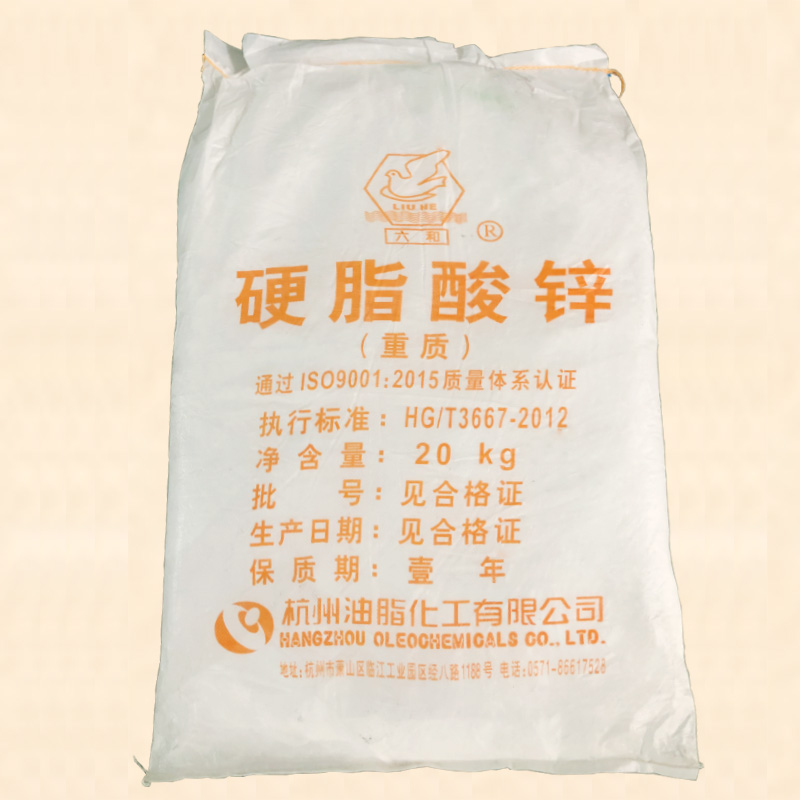How to choose rubber antioxidants?
- Mingpai
- 2024-06-03 08:53:01
When selecting rubber antioxidants, several key factors should be taken into account to ensure the chosen antioxidant effectively slows down the aging process of rubber products and meets specific application requirements:
Type of Rubber: Different rubber materials (such as Natural Rubber NR, Styrene-Butadiene Rubber SBR, Nitrile Rubber NBR, Chloroprene Rubber CR, Ethylene Propylene Diene Monomer EPDM, etc.) have distinct aging characteristics and usage environments, necessitating the selection of an antioxidant tailored to their needs. For example, NR and SBR often require enhancement in heat resistance, ozone resistance, and flex cracking resistance, whereas NBR focuses more on ozone crack prevention.
Aging Mechanisms: Rubber aging can result from various factors, including thermal oxidation, ozone attack, light exposure, and mechanical stress. Identify the primary aging type based on the product's intended use environment, then select an antioxidant that specifically targets it. Antioxidants are used against thermal oxidation, while anti-ozone agents protect against ozone-induced cracks.
Synergistic Effects: As a single antioxidant may not provide comprehensive protection, it is common practice to combine two or more antioxidants for complementary and enhanced effects. Strategically blending different types of antioxidants can optimize overall protection.
Dosage: The amount of antioxidant added must be appropriate; excessive amounts could lead to adverse reactions or impair the physical properties of the rubber, while insufficient amounts may inadequately protect. Refer to the supplier's recommended dosage and fine-tune through experimentation.
Compatibility and Stability: The selected antioxidant should exhibit good compatibility with the rubber base material, avoiding discoloration, contamination, or interference with processing properties. Additionally, the volatility, solubility, and long-term stability of the antioxidant itself are critical considerations.
Environmental and Regulatory Requirements: In certain applications, particularly those involving food contact or medical products, it is imperative that the antioxidant complies with relevant safety and environmental standards, such as REACH or FDA regulations.
In summary, choosing a rubber antioxidant involves a comprehensive assessment considering rubber type, aging conditions, antioxidant properties, and their interactions. A scientifically designed formulation and thorough testing regimen are essential to guarantee the longevity and performance of rubber products.
